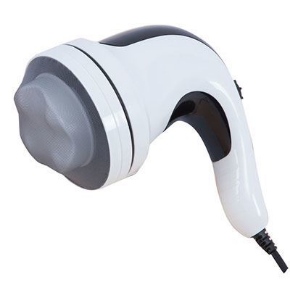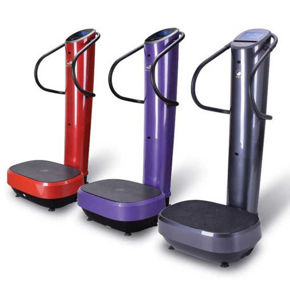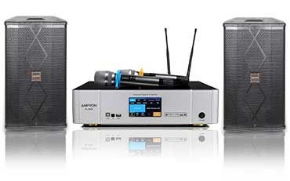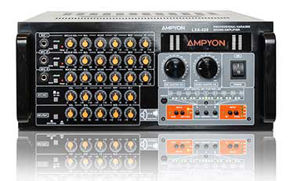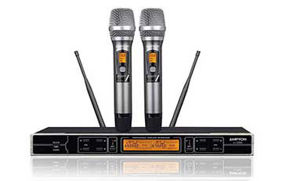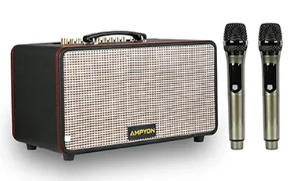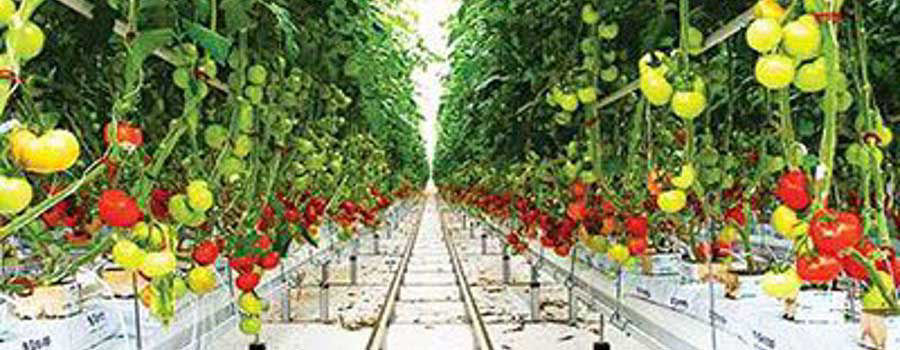
Tomatoes are rich in Lycopene (a powerful antioxidant) and some varieties contain high levels Vitamin A and Vitamin C which are both essential in the human diet. Tomatoes can be eaten raw or made into sauces (e.g. tomato puree) and is the basis for many cooking recipes. Soil grown tomatoes are popular but the hydroponic system of growing tomatoes is becoming more popular as people get to understand the huge benefits of this growing system. In addition, the hydroponic system is not a difficult to set up.
Tomatoes are the most widely grown kitchen product by any home gardener. And, there are methods that can help you enjoy this fruit throughout the year. Hydroponic tomatoes can be grown in your limited space apartment. Ideally, hydroponic tomatoes are grown indoors where the growing variables can be closely monitored. If you don’t have a greenhouse you can still grow tomato hydroponically outdoor where there is light. If you are new to this system, I would recommend that you start with a small hydroponics starter kit that uses drip irrigation system
FACTORS TO CONSIDER WHEN GROWING TOMATOES HYDROPONICALLY
The yield of hydroponic tomatoes can be influenced by a number of factors. Hence, it is important to control these factors to get the maximum output. These factors include:
- pH
The pH level of the nutrient solution for a tomato plant is from 5.9 to 6.4. The pH level must be maintained to ensure the proper growth. If the pH level decreases, then potassium hydroxide should be used to increase it, and if it is too high, then phosphoric acid should be used to decrease it. The pH level of your nutrient solution needs to be monitored continuously and maintained in the correct range. A pH measuring kit is attached to many started kit to help you measure the Ph level of your nutrient solution accurately.
- Light
Tomatoes will need around 16 hours of continuous light when the plants reach full maturity. Artificial halide and fluorescent lights can be used to give the appropriate amount of light. Also, there are many different lights on the market for you to choose from. You are advised to choose the ones that will best fit your hydroponic garden.
- Plant Support
If your tomato plants manage to grow taller than 2 feet, then they will need some sort of support. The best way to do this is to suspend a rope/string over your plant and secure it to the stem. Then you wrap the plant around the rope as it grows. By so doing, you will increase your plant size by exposing the leaves to the light source.
- Temperature
During the daytime, the ideal temperature for a tomato plant is 18°C - 25°C and is between 12°C to 18°C during the night time.
- Pollination
Tomatoes will fail to bear fruits unless self-pollinated. Planting tomatoes indoors mean you can’t rely on natural means to pollinate your flowers; hence, it has to be done by hand. This will require you to be patient until your plant produces flowers before it is ready. A simple method involves gently squeezing the petals together to transfer the pollen. Another popular method is to place an electric toothbrush behind the flower to distribute the pollen.
HOW TO GROW
Growing tomatoes hydroponically doesn’t affect the quality, flavor, and nutritional value of the fruit. In many cases, it can even improve the flavor as the grower is often responsible for the level of nutrient taken by the plants.
The first thing to do is to look for a suitable location for your tomato to be grown. Before planting, it is important to the survival of the tomato crop that you pick a secure location. Try and pick a spot that is deep and also has a healthy layer of topsoil, and is spacious enough for sunlight. Sunlight and soil condition are the two most important factors in growing healthy tomatoes.
It is best to start your tomato crop from seed. This is because if they are bought from the garden, there is more chance that they are susceptible to pest damage in the future. The quality of your tomato plant is highly dependent on the development of the plant’s root i.e. foundation. Without solid roots, plants can't produce their maximum yield and also cannot reach their full potential. Beginners can foster healthy and solid growth by ensuring the plants have enough space to branch out.
The seeds should be placed in Rockwool blocks which have been soaked beforehand and kept covered in a tray in a warm environment 20°C - 25°C until the seeds start to grow. When this happens you can now move them to a light source and remove the lids of the trays. At this stage, they will require a light source for about 12 hours per day. Within two weeks, they will start to develop small leaves. When this happens, the seedlings are ready to be moved to the hydroponic system you have picked.
Also, growers are advised to have basic knowledge of different diseases and treatments so they can know how to save infected plants. Also, putting down a layer of mulch can help in keeping plants warmer and help retain water on the roots longer. These are just a few tips to help you grow tomatoes hydroponically.
Garden placement, pruning, and seed planting are all good tomato growing tips. These tips are important to remember when growing a tomato garden. More so, growing this garden can beautify your backyard and can reduce food expenses as well.







